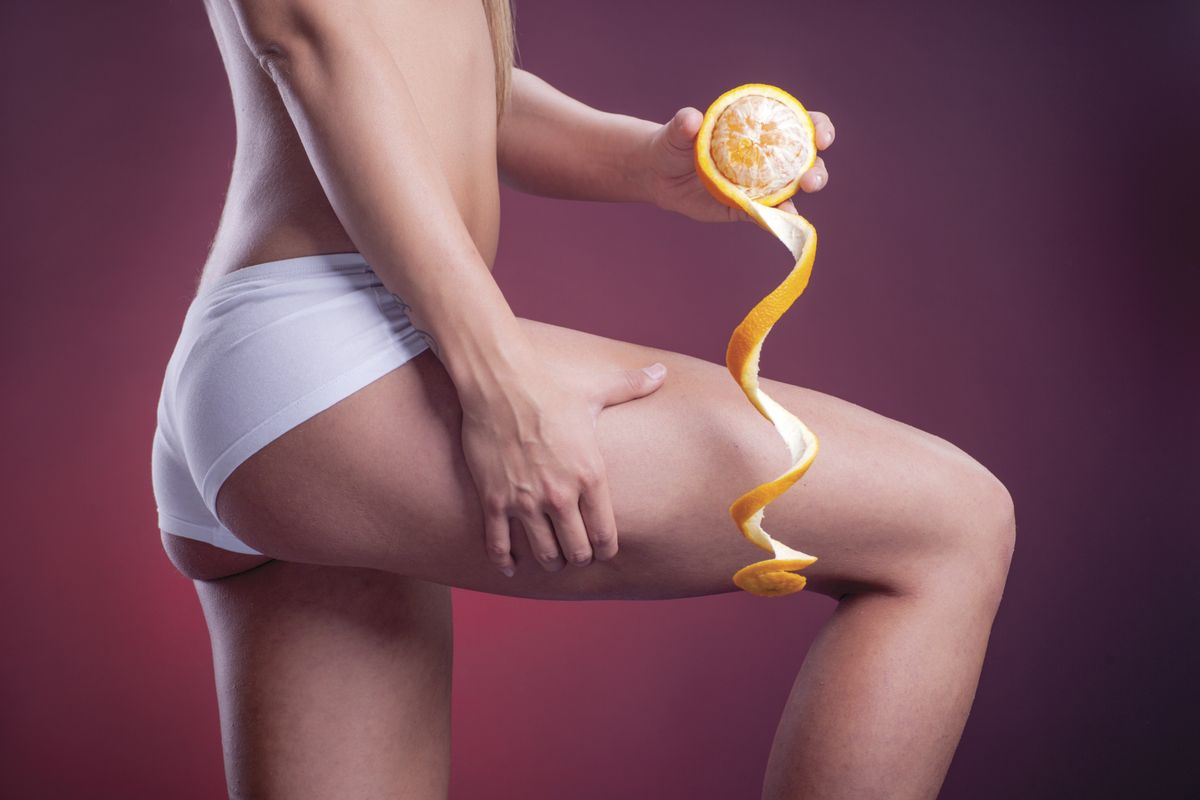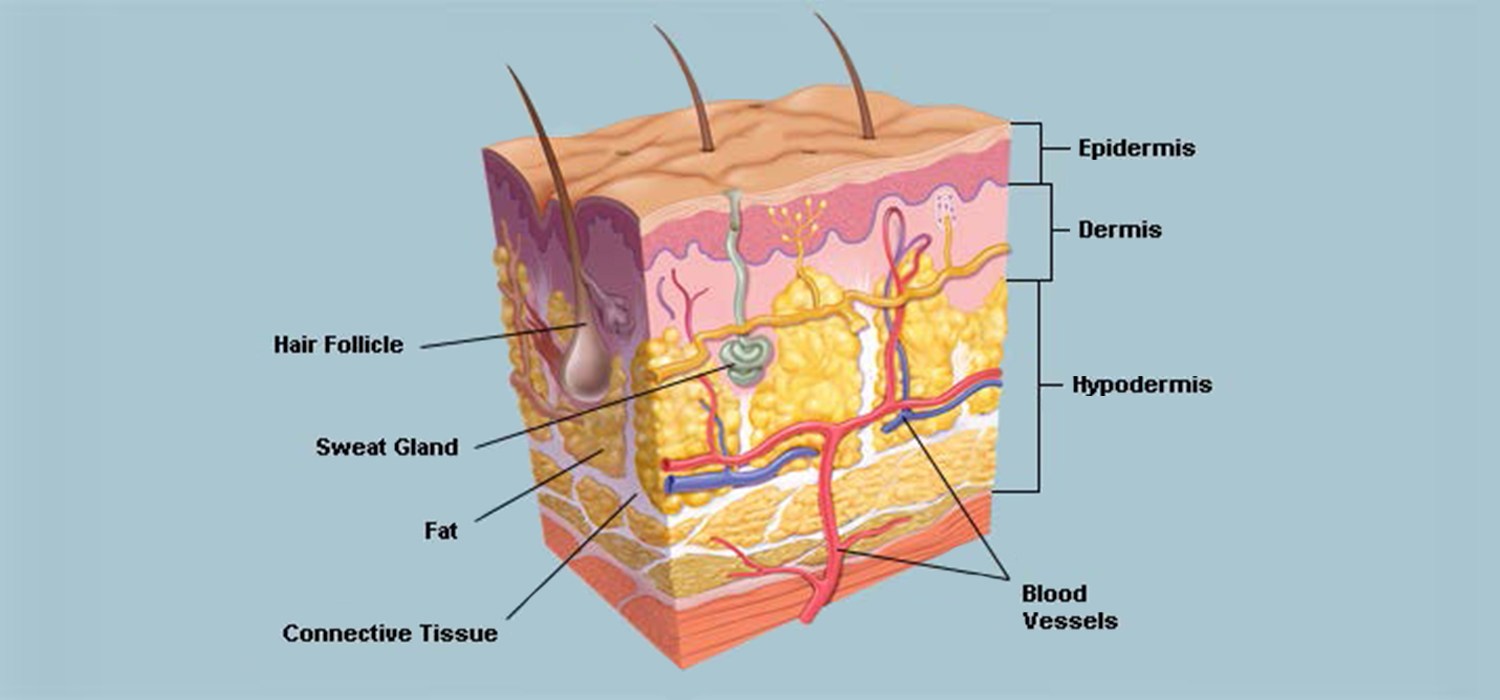
Cellulite is the other name for that bumpy, puckered and dimpled irregularities of fat collection under the skin. Cellulite occurs when collagen bands under the skin pull down, causing hills of fat to push up – resulting in that infamous dimpled appearance.
Chances are the problem is genetic and lies with the x- chromosome (only women have this which would explain why men don’t get cellulite). While all this may mean cellulite isn’t your fault, reducing its appearance is within your control. From a medical standpoint, topical Aminophylline cream has been helpful for some people. The preparation is applied to the affected area twice a day to reduce cellulite in some people. Aminophylline cream is available only through medical prescription so do not go out searching in the local chemist shops.
It is a result of weak skin cells and connective tissue. The key in repairing cellulite is to consume adequate amounts of skin-strengthening nutrients such as glucosamine, amino acids, lecithin, essential fatty acids and antioxidants.

FDA approved Cellulaze, a one-time laser treatment for cellulite, but before you opt for the laser option why not try the herbal treatment.
There are certain herbs that can assist in flushing the dreaded “cottage cheese’’ appearance.
- Kelp, rich in iodine, has often been used as a treatment for cellulite in the form of body wrap. Ingested in diet it can, stimulate the thyroid gland, improve metabolism and thereby aid in reducing the fatty deposits that make up cellulite.
- Rosemary is another wonderful herb that aids in the reduction of cellulite by improving circulation. Massage rosemary oil mixed with sweet almond oil on the cellulite area.
- The Dandelion herb (Taraxacumofficinale) helps flush waste products out of the liver, allowing it to work much more efficiently when getting rid of toxins. Dandelion also contains potassium in high levels, which helps prevent fluid retention. Dandelion can be drunk as a herbal tea (dried dandelion leaves 1 to 2 tsp three times a day). Try taking dandelion in extract form where the recommended dose is 250mg three to four times daily.
- Gotukola is a very effective herb used for flushing cellulite. It improves the circulation of blood and enhances the structure of connective tissue, allows new collagen formation and keeps the skin tight and firm. Gotu kola comes in the form of dry leaves, extracts, lotions, teas and capsules. The recommended dosage is 20 to 60mg three times daily per extract. Use Gotukola for a maximum of six weeks or less, with at least two- to three-week breaks in between usage.
- Burdock: Burdock is an excellent herb for flushing toxins out from between the layers of the skin, which makes it a useful herb for cellulite. Burdock root tea is easy and effective option. Make burdock tea by making a standard decoction. The flavor is not bad, but you can use raw honey or maple syrup for flavor if desired.
- Beet root: Beetroot contains the alkaloid betaine, which has a significant effect on the liver, helping to detoxify it and stimulating its normal function. Raw beetroot juice can help spur fat mobilization and tone the body.
- Fennel: The main chemical components of Fennel are: anisic, cuminic, fenchone, anethole, camphene, limonene, dipentene, methylchavicol and phellandrene. It has a cleansing and toning effect on the skin, helps with bruises, oily and mature complexion.
- Boldo: Boldo leaves have been used as a traditional medicine in South America for centuries. In Latin America boldo is also used particularly to support the gallbladder, but also to calm upset stomach. The herb works by encouraging the release of bile and dissolving fats and also by increasing intestinal transit time, giving the digestive tract more time to digest food.
Finally, strengthening the skin fibres, plumping the skin’s surfaces and breaking down the stubborn fat and toxins deposits, can help minimize the look of cellulite.